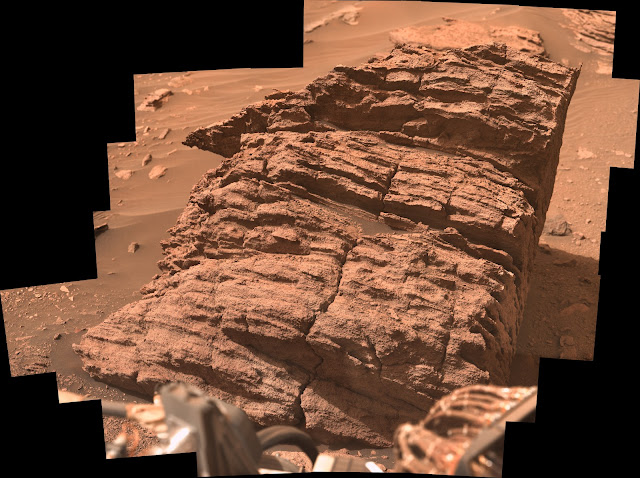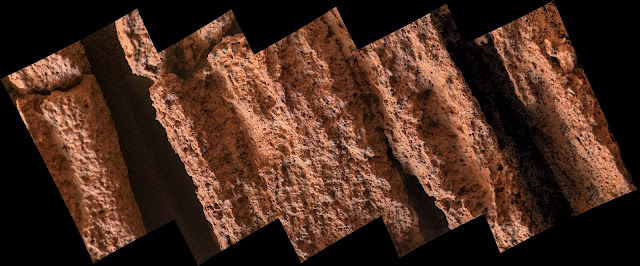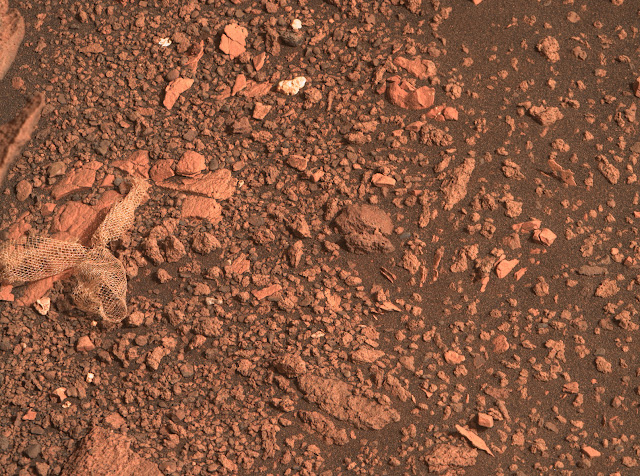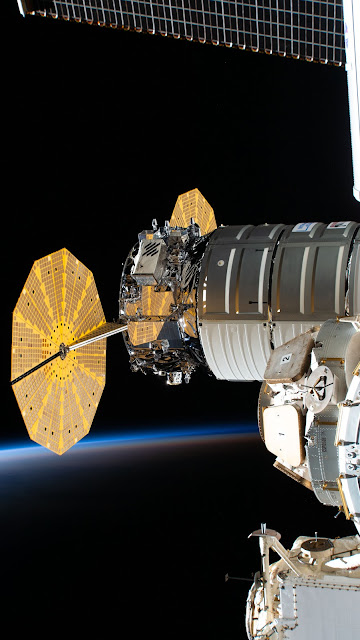NASA's Mars Perseverance & Curiosity Rovers—New June 2022 Images | JPL
Mars2020 - Sol 483 - Mastcam-Z
Image Credit: NASA/JPL-Caltech/ASU/Kevin M. Gill
MSL - Sol 3514 - Mastcam
Image Credit: NASA/JPL-Caltech/MSSS/Kevin M. Gill
Mars2020 - Sol 476 - Watson
Image Credit: NASA/JPL-Caltech/Kevin M. Gill
MSL - Sol 3517 - Mastcam
Image Credit: NASA/JPL-Caltech/MSSS/Kevin M. Gill
Mars2020 - Sol 477 - Mastcam-Z
Image Credit: NASA/JPL-Caltech/ASU/Kevin M. Gill
Mars2020 - Sol 477 - Mastcam-Z
Image Credit: NASA/JPL-Caltech/ASU/Kevin M. Gill
Mars2020 - Sol 477 - Mastcam-Z
Image Credit: NASA/JPL-Caltech/ASU/Kevin M. Gill
Curiosity Rover June 27, 2022 Update:
Scientists using data from NASA’s Curiosity rover measured the total organic carbon—a key component in the molecules of life—in Martian rocks for the first time.
“Total organic carbon is one of several measurements [or indices] that help us understand how much material is available as feedstock for prebiotic chemistry and potentially biology,” said Jennifer Stern of NASA’s Goddard Space Flight Center in Greenbelt, Maryland. “We found at least 200 to 273 parts per million of organic carbon. This is comparable to or even more than the amount found in rocks in very low-life places on Earth, such as parts of the Atacama Desert in South America, and more than has been detected in Mars meteorites.”
Source: NASA's Jet Propulsion Laboratory (JPL)
Perseverance Rover June 23, 2022 Update:
"Perseverance’s exploration of the Hawksbill Gap area of the Jezero Delta continues! The rover has abraded at two different locations over the last few weeks. First, the rover abraded in the Devil’s Tanyard area. Unfortunately, the crumbly rocks at Devils Tanyard were broken and moved by the force of the abrasion. Nevertheless, the team was able to use the SuperCam and Mastcam-Z instruments to gather valuable scientific data of the abrasion patch and surrounding area."
"The rover then made its way up the delta to abrade at Hogwallow Flats, an area nicknamed “the Bacon Strip” by the team due to its light-colored striped rocks, which look like a strip of bacon in images taken by the Hi-Rise orbiter. The rocks at Hogwallow Flats appear to be very fine-grained, which is exciting to scientists on the mission as fine-grained rocks may have the best chance at preserving evidence of life."
Source: Lydia Kivrak, Student Collaborator at University of Florida
Mission Name: Mars Science Laboratory (MSL)
Rover Name: Curiosity
Main Job: To determine if Mars was ever habitable to microbial life.
Launch: November 6, 2011
Landing Date: Aug. 5, 2012, Gale Crater, Mars
Mission Name: Mars 2020
Rover Name: Perseverance
Main Job: Seek signs of ancient life and collect samples of rock and regolith (broken rock and soil) for possible return to Earth.
Launch: July 30, 2020
Landing: Feb. 18, 2021, Jezero Crater, Mars
For more information on NASA's Mars missions, visit mars.nasa.gov
Image Release Dates: June 23-30, 2022
#NASA #Space #Astronomy #Science #Mars #RedPlanet #Planet #Astrobiology #Geology #Jezero #Crater #MountSharp #GaleCrater #Perseverance #Curiosity #Rovers #Robotics #Technology #Engineering #JPL #Pasadena #California #UnitedStates #JourneyToMars #CitizenScience #STEM #Education







.jpg)






.jpg)
.jpg)




.jpg)


.jpg)
.jpg)
